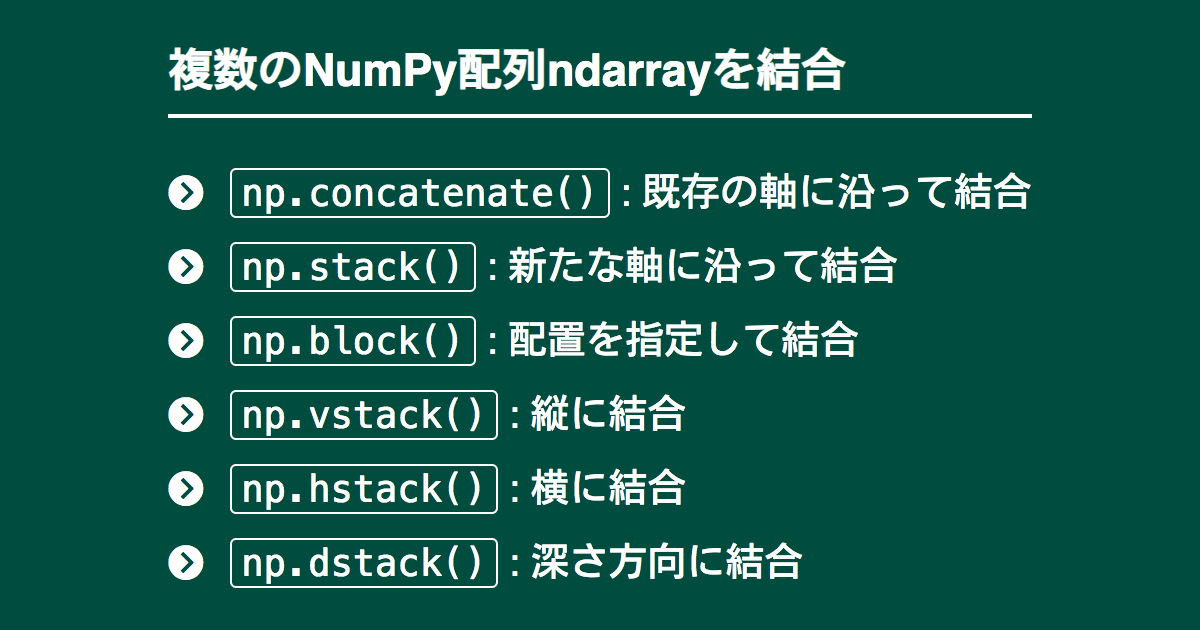


datetime64 ( date, 's') print seconds Output: Example 8 Arranging the datetime unit in an array. datetime64 ( date, 'm') print minutes seconds npy. It is similar to concatenation along the axis 1 after 1-Dimensional arrays of (N) shape have been reshaped to the format (1,N). Extracting minutes and seconds from the date and time unit using the datetime64 function. In this article, we will now see how we can convert np.datetime64 to datetime and Timestamp instances. In python, numpy.vstack () is a function that helps to stack the input array sequence vertically in order to create a single array. This is equivalent to concatenation along the second axis, except for 1-D arrays where it concatenates along the first axis. After conversion, the seconds are passed to the datetime method named utcfromtimestamp, which reads the epoch time and converts it to an instance of datetime. numpy.hstack numpy.hstack(tup,, dtypeNone, casting'samekind') source Stack arrays in sequence horizontally (column wise). It is easy to convert datetime to Timestamp and datetime64 instances. To convert from np.datetime64 to datetime.datetime, we must first convert the datetime64 data to seconds (in epoch format). As for pandas, we used the method pd.DatetimeIndex(), which creates an immutable array storing n number of datetime64 instances and accessing the first member of the array returns a Timestamp instance.Ĭoming to the pandas module, we use the datetime64() method to convert the datetime instance and store it in a variable named dt64. Because NumPy doesn’t have a physical quantities system in its core, the timedelta64 data type was created to complement datetime64.

Using datetime.datetime(), we create a datetime instance and store it in a variable named dt. Datetime and Timedelta Arithmetic NumPy allows the subtraction of two datetime values, an operation which produces a number with a time unit.
#NUMPY VSTACK DATETIME CODE#
In the code above, we have imported three modules named datetime, numpy, and pandas, each providing their implementation for storing and processing dates (each has its own distinct use cases). now () This datetime function returns the output in a format which consists of the current year, current month, current day, current hour, current minute, current second, and current microsecond. Import datetime import numpy as np import pandas as pd dt = datetime. The syntax for the NumPy datetime function in Python is as follows: datetime.


 0 kommentar(er)
0 kommentar(er)
